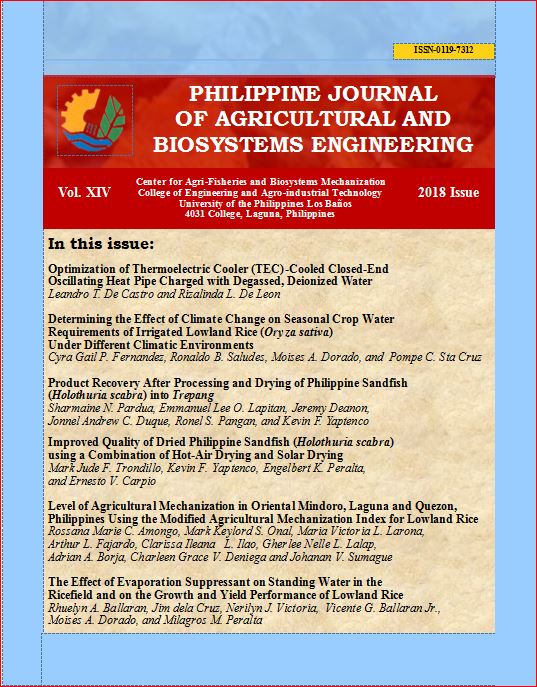Improved Quality of Dried Philippine Sandfish (Holothuria scabra) using a Combination of Hot-Air Drying and Solar Drying
Abstract
Traditional methods of processing and drying sandfish [Holothuria ((Metriatyla)) scabra] result in poor quality and low value products in the market. The drying process generally involves smoking and sun drying which can leave scorch marks and smoke residue, and result in inadequate drying especially during poor weather. A combination of hot air drying and solar drying (Treatment I) was compared to the traditional process of smoke drying followed by sun drying (Treatment II) to determine the effect on product quality and price. Results showed that significant shrinkage occurred regardless of the drying treatment used. Shrinkage was greater in samples subjected to the traditional process, although this was not statistically significant. Scanning electron microscopy revealed changes in muscle and collagen fibers between primary drying (hot air drying or solar drying) and secondary drying (solar drying or sun drying). Assessment of dried samples by a producer, consolidator, and exporter showed that processed sandfish dried using Treatment II had better quality and could command prices higher by 25-89% compared to Treatment I samples.


